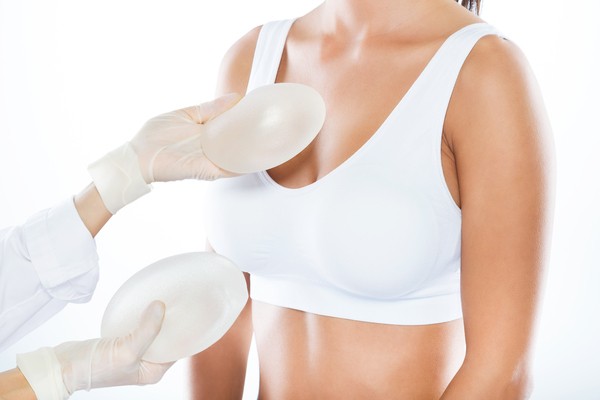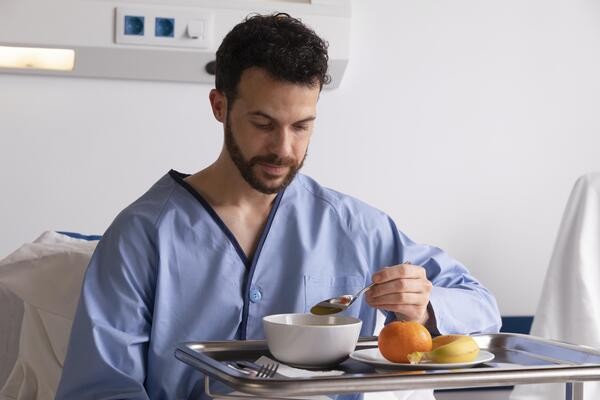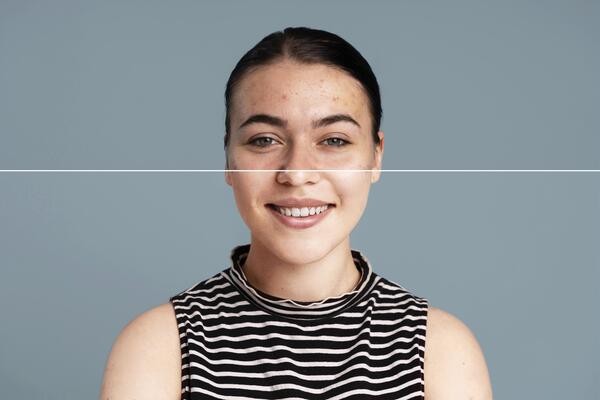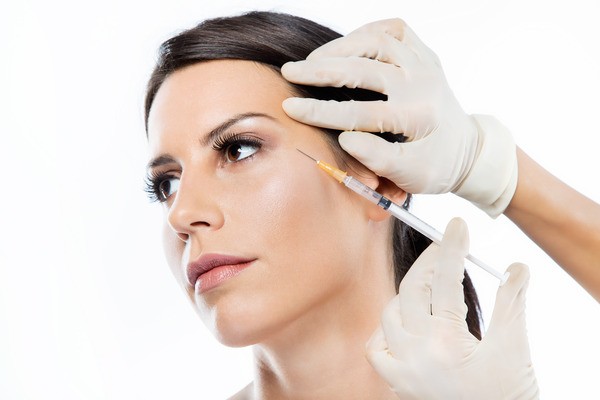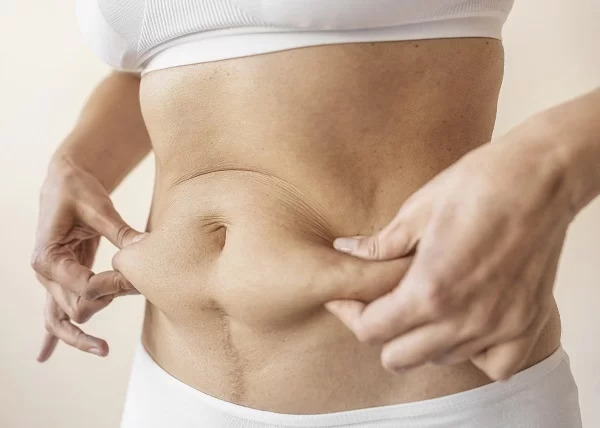
What Do You Need To Know About Liposuction?
Liposuction is a procedure with the goal of removing excess fat from a person's body, with a special emphasis on regions of the stomach, inner thighs, arms, neck, and hips. Among the most widespread cosmetic procedures, liposuction is often used to address obesity. Primarily used as a cosmetic surgical procedure, liposuction is used to pare away excess fat from the body and restore its general shape. As liposuction is also known as body contouring and lipoplasty, it is also known as stomach liposuction.
Liposuctions are generally done because of a health need.
Liposuction can be used in conjunction with additional cosmetic surgeries such as tummy tuck, breast reduction, and facelift. It is typically used for the removal of excess fat from areas of the body such as the abdomen, arms, buttocks, chin, cheeks, etc.
Liposuction can be performed in combination with other cosmetic plastic surgery procedures, such as a tummy tuck, breast reduction, and facelift. This is where the fat is removed from various areas such as the abdomen, flanks, thighs, chin, etc.
Liposuction treatments are commonly performed in the United States as a treatment for obesity. The costs are in accordance with the amount of fat that needs to be removed.
People who have been referred to a physician for cardiovascular disease or who have already been treated for cardiovascular disease are not required to undergo calcium scans.
What are the various types of Liposuction?
The following types of liposuction can be used based on the type and extent of fat that needs to be removed:
- Tumescent liposuction involves the treatment of excessive tissue: If you're in Buenos Aires and need liposuction, chances are that this procedure is the most common one you'll undergo. It may be executed by injecting a solution (a mixture of saltwater) directly around the area to be treated. Afterwards, the solution causes a local area to swell up, and the incisions will be further cut for a hollow cannula to be inserted. A cannula is attached when needed, which allows for suction and decreased fluid usage.
2. Laser liposuction: Laser-assisted liposuction requires the use of a high-power laser for the elimination of fat cells. The surgeon uses a fibre-optic laser probe inserted into the desired area, and the laser is configured to prompt fat breakdown and fluid removal. These fats are harvested via a small cannula.
3. Power-assisted liposuction: Power-assisted liposuction (PAL) is a procedure that's generally less painful than other techniques, and it generally utilizes the presence of a vibrating cannula to reduce body fat.
4. Ultrasound-assisted liposuction for liposuction: Also known as UAL, ultrasound-assisted lipolysis entails using an ultrasound-powered cannula to periodically melt away fat, which can then be drawn out through the cannula. This procedure is commonly performed on areas of the body with fibrous fat cells and experienced previous liposuction procedures.
Liposuction can help you feel and look healthier.
Liposuction can be useful for individuals who have had their weight loss goals fizzle out on account of past efforts to remain healthy and in shape, including exercising and controlling what they ate. Of course, repeated liposuction is highly effective for reduced-weight individuals for whom other methods of weight reduction have failed to work. A liposuction is also an option for hazardously obese patients, and this treatment could dramatically improve the health and well-being of obese patients.
How much does liposuction remove from the fat?
Bodily fat is mostly found in two ways underneath the skin and around internal organs. Liposuction eliminates body fat that is located in strategic locations, and those locations can be observed, assessed, and the volume of fat removed can be computed together.
The two places where fat cells are most widely found are beneath the skin and inside internal organs. It can remove fat tissues that are under the skin, with the amount removed depending on the location, appearance, and total volume of fat tissue.
Liposuction may help treat any other condition.
It is a cosmetic procedure, but it can be used to treat certain conditions as well. A number of them include this:
- Lymphedema: A long-term, recurrent condition in which excess fluids called lymph accumulates in the tissues, particularly in the arms or legs. This can cause swelling, pain, and discomfort. Liposuction can remove this excess fluid, providing relief to the patient.
2. Gynecomastia: A condition among adult males in which breast tissue thickens due to the accumulation of fat. Liposuction, here, can be used to remove excess fat for aesthetic purposes.
3. Lipodystrophy syndrome: Is primarily distinguished by its uneven distribution and distribution of fats in the entire body, leading to a distorted shape. Liposuction can facilitate the patient obtaining a more aesthetically-pleasing body fat distribution.
4. Lipomas: Benign tumours that are composed of fats are known as lipomas. They can appear anywhere on the body and can be removed by liposuction.
What is needed to prepare for liposuction?
Patients are advised to fast for eight hours before a CT scan, and alcoholic beverages cannot be consumed because the alcohol's stimulating influence may impact the patient s heart rate. Physicians will likewise take into account any dietary requirements, particularly those from a patient's medical history, before undergoing a CT scan.
Conclusion
Liposuction is one of the most popular plastic surgery procedures, as this procedure helps patients get rid of excess body fat. However, it does not typically resolve a patient's weight problems permanently, and to considerably reduce the chance of fat accumulation after the anaesthetizing agent wears off, patients need to make behavioural changes.
Liposuction is an increasingly popular surgical method to help people lose weight. However, the procedure is not a permanent fix to weight loss problems, and patients who choose this option will need to stick to a manageable diet to prevent body fat from accumulating back in their bodies.
Visit Dr V S Rathore for more!

